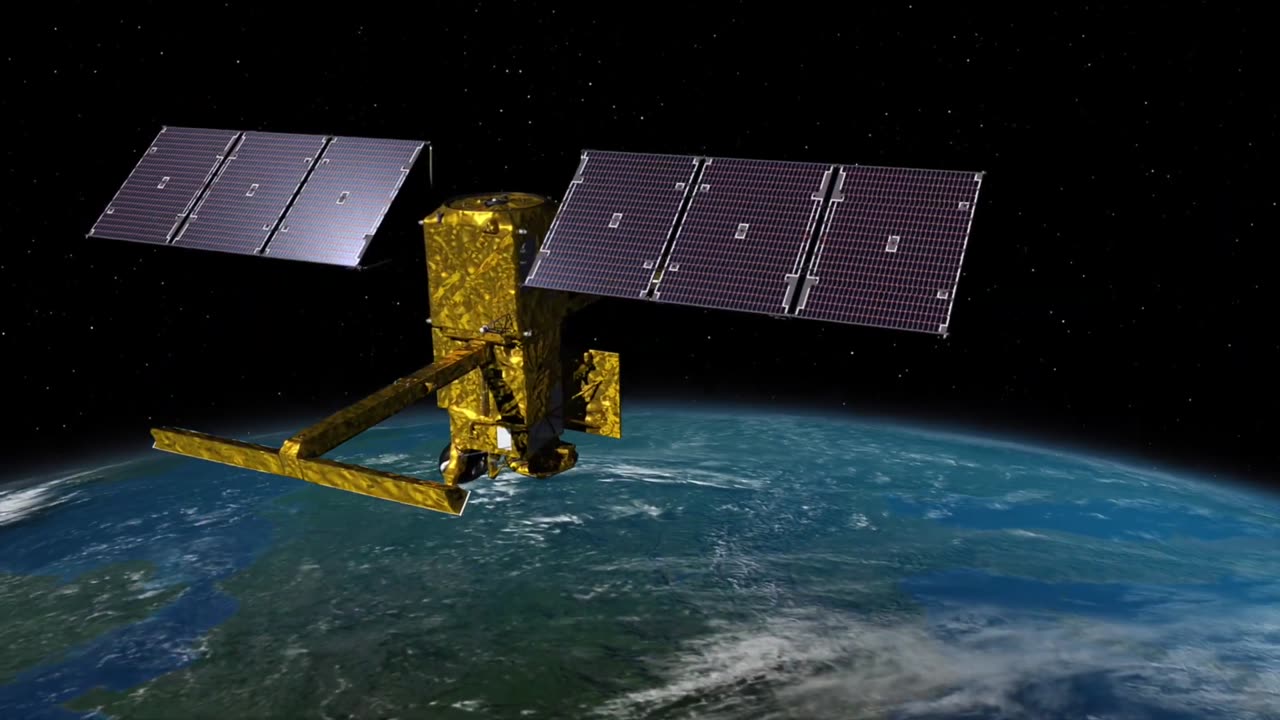Premium Only Content

SWOT: Earth Science Satellite Will Help Communities Plan for a Better Future
SWOT (Strengths, Weaknesses, Opportunities, Threats) analysis can be a useful framework for assessing the potential of an Earth Science Satellite project aimed at helping communities plan for a better future. Here's how the analysis might look:
Strengths:
Data Accuracy: Earth Science Satellites can provide high-resolution, accurate, and real-time data about various environmental parameters like sea level changes, ocean currents, and climate patterns. This accuracy enhances the credibility of the information provided.
Predictive Capabilities: The satellite's data can be utilized to create predictive models for natural disasters like hurricanes, floods, and tsunamis. This can significantly improve disaster preparedness and response.
Global Coverage: Satellites have the ability to monitor the entire planet, allowing for a comprehensive understanding of environmental changes and their impacts on different regions.
Long-Term Monitoring: Satellites can provide long-term data sets, enabling scientists and policymakers to identify trends, assess the effectiveness of interventions, and make informed decisions for the future.
Weaknesses:
Cost: Designing, building, launching, and maintaining Earth Science Satellites can be extremely expensive. This cost might limit the number of satellites deployed and the frequency of data collection.
Technological Challenges: Developing and operating advanced satellite technology requires specialized skills and infrastructure. Technical failures can disrupt data collection and transmission.
Data Interpretation: Collecting vast amounts of data is valuable, but the challenge lies in processing, analyzing, and interpreting this data accurately. Misinterpretation could lead to faulty conclusions and decisions.
Opportunities:
Improved Planning: Communities can use satellite data to better plan for infrastructure development, resource allocation, and disaster preparedness. For example, urban planners can make informed decisions to mitigate the impact of rising sea levels on coastal cities.
Environmental Conservation: Satellite data can aid in monitoring deforestation, pollution, and other environmental changes, facilitating conservation efforts and sustainable development.
Scientific Research: The satellite data can serve as a treasure trove for scientists studying Earth's systems, leading to advancements in climate science, oceanography, and more.
Global Collaboration: International cooperation on satellite projects can enhance data sharing and create a more comprehensive understanding of Earth's processes.
Threats:
Data Security: The sensitive nature of satellite data could make it susceptible to hacking, unauthorized access, or misuse.
Geopolitical Challenges: Ownership and control of satellite technology might lead to geopolitical tensions, limiting data accessibility in certain regions.
Dependency: Overreliance on satellite data could lead to a situation where communities neglect other important sources of information or practical knowledge.
Ethical Considerations: The collection and use of satellite data raise ethical questions regarding privacy, consent, and the potential for unintended negative consequences.
In conclusion, an Earth Science Satellite project aimed at aiding community planning for a better future presents significant strengths in terms of data accuracy, predictive capabilities, global coverage, and long-term monitoring. However, it also faces challenges such as high costs, technological complexities, and the need for careful data interpretation. The project's success depends on leveraging its opportunities for improved planning, environmental conservation, scientific research, and global collaboration while mitigating threats related to data security, geopolitics, dependency, and ethics.
-
 59:58
59:58
Russell Brand
4 hours agoLive from Mar-a-Lago: The Globalist Empire’s Last Stand – SF541
117K83 -
 35:23
35:23
CryptoWendyO
2 hours ago $1.35 earnedCrypto Chaos Unleashed: Trump Making USA The Bitcoin Capital Of The World
17K1 -
 1:03:00
1:03:00
The Dan Bongino Show
6 hours agoTrump Keeps Delivering And The Libs Are Seething (Ep. 2427) - 02/20/2025
745K1.65K -
 1:20:26
1:20:26
Nerdrotic
4 hours ago $4.43 earnedSuper Chat Square Up - Nerdrotic Nooner 466
66.9K2 -
 2:05:00
2:05:00
Steven Crowder
7 hours agoTrump Slams Dictator Zelensky: Why He NOW Has a Point
476K287 -
 2:58:22
2:58:22
LFA TV
19 hours agoKASH CONFIRMATION & PRESS BRIEFING! | LIVE FROM AMERICA 2.20.25 11AM
114K48 -
 2:14:42
2:14:42
Matt Kohrs
15 hours agoIt's A Bull Trap, Partner! || The MK Show
100K3 -
 40:25
40:25
BonginoReport
9 hours agoTrump Cancels Zelensky’s 'Gravy Train' (Ep.144) - 02/20/2025
153K164 -
 2:59:17
2:59:17
Wendy Bell Radio
10 hours agoLONG LIVE THE KING
113K86 -
 1:27:55
1:27:55
Game On!
22 hours ago $9.45 earnedThe BIGGEST Hockey Match of the Century: USA vs Canada!
152K13